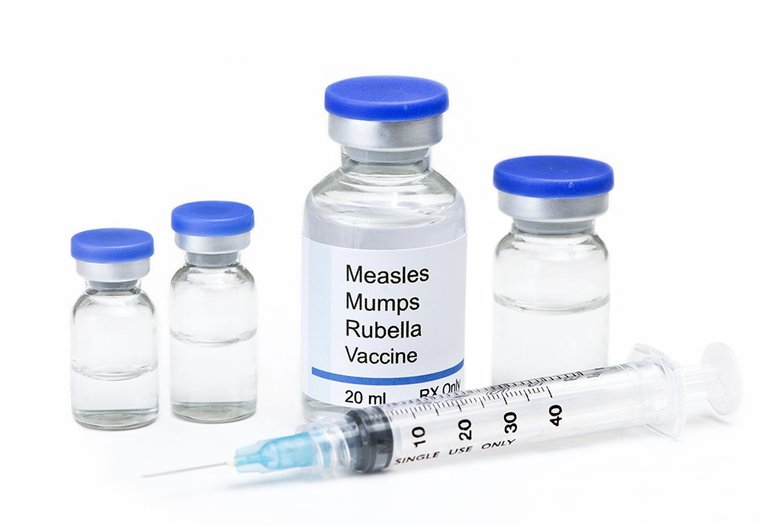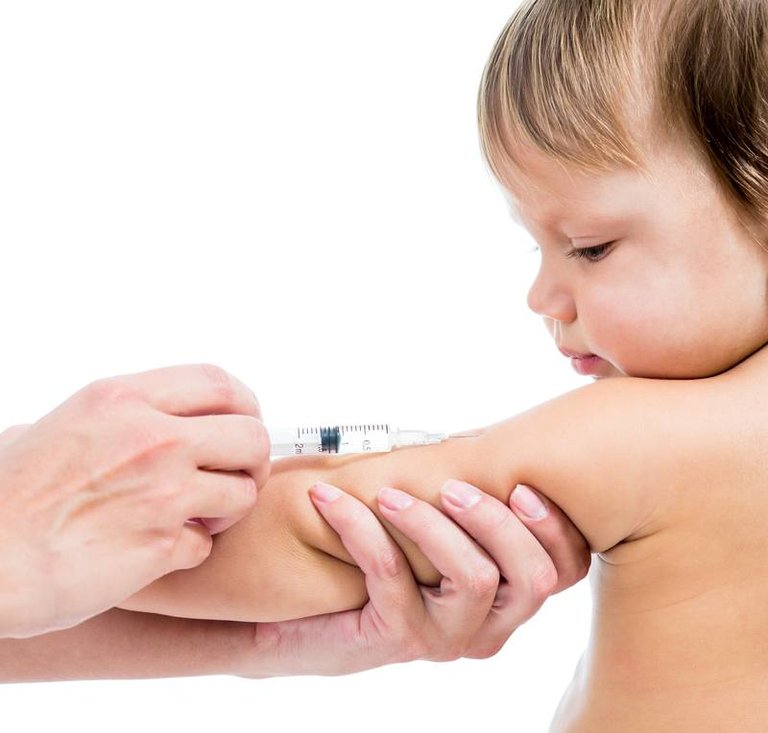Cases of measles are on the rise, 159 cases have been reported in 10 states.
By Maggie Fox and Maren Shapiro
Cases of measles are on the rise in the U.S. According to the Centers for Disease Control and Prevention, six outbreaks (defined as three or more cases) have been reported this year, and 159 cases have been reported in 10 states (California, Colorado, Connecticut, Georgia, Illinois, Kentucky, New York, Oregon, Texas and Washington.)
The reasons for increased measles cases are attributed to travelers who get measles abroad and bring it into the U.S., or the spread of measles in communities with unvaccinated people.
Has your child received the measles, mumps and rubella (MMR) vaccine? Measles can be extremely dangerous for babies and young children — in rare cases, it can be deadly. Here's what you need to know about the vaccine.
IS MY CHILD PROTECTED? WHEN DO BABIES GET THE MEASLES VACCINE?
Any child born after 1999 should automatically have been given two doses of the measles, mumps and rubella (MMR) vaccine, with the first dose at 12 through 15 months of age. The second dose is given when a child is between 4 and 6 years old.
Babies under the age of 1 probably haven’t had the vaccine because it doesn’t protect them very well. Older teens and young adults who are attending school, entering the military or otherwise going into situations where they might be exposed to measles should check their immunization records to make sure they’ve had two doses.
HOW EFFECTIVE IS THE MMR VACCINE?
According to the CDC, one dose of the vaccine is 93 percent effective, while two doses of the MMR vaccine are about 97 percent effective at preventing measles.

HOW LONG DOES IT TAKE FOR THE VACCINE TO PROTECT YOU?
The measles vaccine takes about two weeks to kick in and provide full immunity. It’s made using a live but weakened version of the measles virus, so it causes a barely detectable infection that naturally stimulates the immune system to fight it off — and remember to fight off future measles incursions. However, it also can prevent infection if given to someone who’s been near a measles patient.
MMR VACCINE SIDE EFFECTS:
A fever is a common reaction to a “live” vaccine like measles, according to the CDC. It’s a sign the body is mounting an immune response and it can make a baby pretty cranky. Some children also develop seizures from the fever, but in almost all cases, while those episodes are frightening, they are not dangerous.
Other side effects include rash, soreness or swelling where the shot was given, and some pain or stiffness in the joins (more common in teens and adults.)

CAN I SPACE OUT THE VACCINES TO MAKE IT EASIER ON MY CHILD?
Many studies have shown that it’s safe to give kids the five or six vaccines that they often get at a single visit. The amount of immune-stimulating material — called antigens — in modern vaccines is much lower than in older vaccines and does not stress a child’s immune system. Public health experts say it’s way better to get the shots all over with at once so the child is fully protected at the first possible moment. It also minimizes the risk that a child will miss a recommended vaccine.
WHEN IS SOMEONE WITH MEASLES CONTAGIOUS?
Measles is sneaky and people can transmit it both before they even known they’re sick and after they're better. An infected person is contagious for as many as four days before developing the characteristic rash, and for as many as four days after the rash clears.
HOW DO YOU CATCH IT?
Measles is the most infectious virus known. Up to 90 percent of unvaccinated people who have never had measles before will catch it if they breathe in or swallow the virus. One person can infect 12 to 18 other people. Like most respiratory viruses, it’s spread on little droplets from sneezes and coughs. These droplets can survive in the air or on surfaces for up to two hours, so people can catch measles from someone who’s left the room.
WHAT ARE MEASLES SYMPTOMS?
They’ll be pretty ill. Fever, sometimes 104° F and higher, is the main symptom. Patients can also develop a runny nose, cough, aches, irritated eyes and then, two or three days after symptoms, begin tiny white spots may appear on the inside of the mouth. Three to five days after symptoms start, a rash breaks out. According to the CDC, it typically begins as flat red spots on the face, at the hairline and spreads downward.
Hi! I am a robot. I just upvoted you! I found similar content that readers might be interested in:
https://www.today.com/health/what-parents-need-know-about-measles-vaccine-2D80464676
Congratulations @pith! You received a personal award!
You can view your badges on your Steem Board and compare to others on the Steem Ranking
Vote for @Steemitboard as a witness to get one more award and increased upvotes!